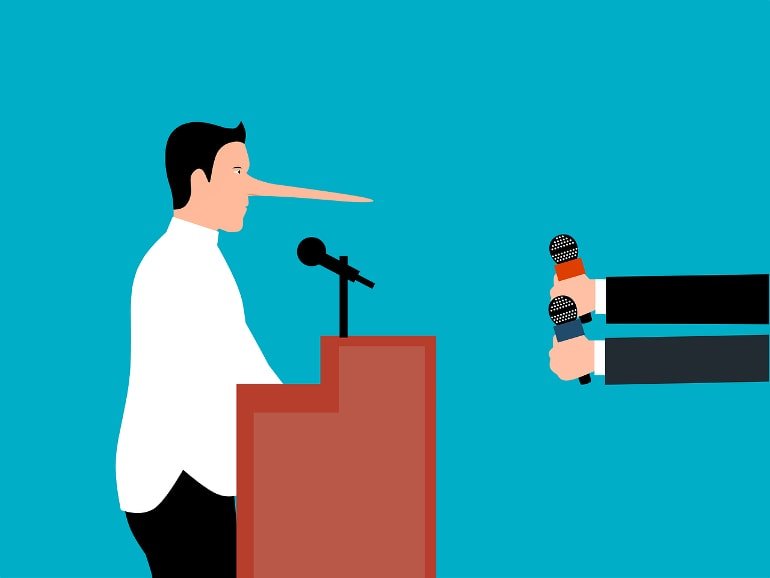Summary: Liars are easy to spot when they are faced with multi-tasking and dividing their attention while being interviewed, researchers report.
Source: University of Portsmouth
A new method of lie detection shows that lie tellers who are made to multi-task while being interviewed are easier to spot.
It is well documented that lying during interviews takes up more cognitive energy than telling the truth. A new study by the University of Portsmouth found that investigators who used this finding to their advantage by asking a suspect to carry out an additional, secondary, task while being questioned were more likely to expose lie tellers.
The extra brain power needed to concentrate on a secondary task (other than lying) was particularly challenging for lie tellers.
The secondary task used in this experiment was to recall a seven-digit car registration number. The secondary task was only found to be effective if lie tellers were told that it was important.
Professor Aldert Vrij, from the Department of Psychology at the University of Portsmouth, who designed the experiment said: “In the last 15 years we have shown that lies can be detected by outsmarting lie tellers. We demonstrated that this can be done by forcing lie tellers to divide their attention between formulating a statement and a secondary task.
“Our research has shown that truths and lies can sound equally plausible as long as lie tellers are given a good opportunity to think what to say. When the opportunity to think becomes less, truths often sound more plausible than lies. Lies sounded less plausible than truths in our experiment, particularly when the interviewees also had to carry out a secondary task and were told that this task was important.”
The 164 participants in the experiment were first asked to give their levels of support or opposition about various societal topics that were in the news. They were then randomly allocated to a truth or lie condition and interviewed about the three topics that they felt most strongly about. Truth tellers were instructed to report their true opinions whereas lie tellers were instructed to lie about their opinions during the interviews.
Those doing the secondary task were given a seven-digit car registration number and instructed to recall it back to the interviewer. Half of them received additional instructions that if they could not remember the car registration number during the interview, they may be asked to write down their opinions after the interview.
Participants were given the opportunity to prepare themselves for the interview and were told it was important to come across as convincing as possible during the interviews – which was incentivized by being entered into a prize draw.

The results revealed that lie tellers’ stories sounded less plausible and less clear than truth tellers’ stories, particularly when lie tellers were given the secondary task and told that it was important.
See also

Professor Vrij said: “The pattern of results suggests that the introduction of secondary tasks in an interview could facilitate lie detection but such tasks need to be introduced carefully. It seems that a secondary task will only be effective if lie tellers do not neglect it.
“This can be achieved by either telling interviewees that the secondary task is important, as demonstrated in this experiment, or by introducing a secondary task that cannot be neglected (such as gripping an object, holding an object into the air, or driving a car). simulator). Secondary tasks that do not fulfill these criteria are unlikely to facilitate lie detection.”
About this lying and psychology research news
Author: Emma Gaisford
Source: University of Portsmouth
Contact: Emma Gaisford – University of Portsmouth
Image: The image is in the public domain
Original Research: The findings will appear in International Journal of Psychology & Behavior Analysis
